**Spoilers For Season 5 of She-Ra and the Princesses of Power.**
No one can accuse She-Ra and the Princesses of Power of queerbaiting ever again, although the accusation always seemed dubious at best. In the final episode, after one of the best slow burns in fiction, Catra and Adora confessed their love for each other and saved the world together. It was the perfect ending to a series that was, from its inception, trying to shift the conversation for children’s media. Not only did it do so, but the effort it took to get there was a labor of love.
I’ve already seen some comments disparaging the pair’s kiss because wlw relationships are considered “safer” than mlm relationships on television. I think it is absolutely fair to point out that there are more wlw relationships than there are mlm, especially when you include trans and nonbinary people. However, that does not mean that it was easy to make Catra and Adora happen or that it’s not important that it did.
When Korra and Asami got together on The Legend of Korra, they did so with subtext and intense handholding that all the queer people in the audience clocked, but was only later confirmed by the writers. The seasons where the narrative began to shift away from Korra and Mako and put more focus on Korra and Asami’s relationship was the point where the series was pulled from regular television and aired on Nick.com.
According to co-creator Bryan Konietzko, when they brought the idea to the network, “[W]hile they were supportive there was a limit to how far we could go with it, as just about every article I read accurately deduced.” They were able to get the point and idea across with subtext, over-romantic music, and of course, framing their pose as similar to that of a wedding.
“Was it a slam-dunk victory for queer representation? I think it falls short of that, but hopefully it is a somewhat significant inching forward.” And it was.
Korrasami was a game-changer. It was something I’d shipped, but was told it could never happen because that is not something that could happen, overtly, on television shows. Yet, the possibility of that changing followed Korrasami becoming canon.
In 2018 (wow, was it that long ago?), we got two big wins: Marceline and Princess Bubblegum kissing on Adventure Time, and the Steven Universe wedding between Ruby and Sapphire.
With Adventure Time, the relationship between Marceline and Princess Bubblegum was very much clear to me, but there was a level of ambiguity that made it “safe”—coded enough that people couldn’t protest it, but was easy for LGBTQ people to see themselves in it. In the final episode, the two were allowed to kiss onscreen for a lovely moment.
Executive producer and showrunner Adam Muto explained that while they were allowed to give Bubbline a “moment,” it was Hanna K. Nyströmthe who made it happen:
There was some conversation about [logistics], but it was really up to [Hanna K. Nyströmthe], the storyboard artist who got that scene, to decide what her take on it was going to be. It actually wasn’t in the outline when it was submitted. It didn’t say that they kiss. It just said they ‘have a moment.’ When Hanna boarded that, there was a little note in the margin that said ‘Come on!’ with a big exclamation point. That was the only note. I can’t argue with that.
And neither could we. The kiss was important, at least to me, because it made it so that people couldn’t accuse fans of “reaching” or “projecting” and disproved the idea that a front-and-center kiss between two women wasn’t “appropriate” for a children’s television—especially when the show had some very weird episodes like “Breezy” that had a lot of heterosexual “G-rated” sex subtext.
Ruby and Sapphire’s wedding on Steven Universe is arguably one of the biggest things to happen to the show. From the moment we found out that Garnet was a fusion of the two gems and their love became a key part of Garnet’s identity, it had clearly elevated from subtext to text. Giving them a wedding was another way to normalize their relationship.
Series creator Rebecca Sugar had to fight hard to make that happen because, even though the gems are clearly female coded, they are alien and semi-humanoid, so there is some wiggle room—especially since Ruby is very butch in design. Sugar explained to EW that, in 2013-2014, she started coming face-to-face with “the absolute unfairness of being able to develop certain relationships and having a ceiling on developing other characters relationships was so clear.”
There was a point at which it was brought to my attention that the studio… I was brought up to a meeting where they [the studio] said, “We know that you’re doing this, and we support that you’re doing this… We don’t want to be giving notes on this, but we have to give notes on this” and it was all very difficult to navigate. Ultimately, I said, “If this is going to cost me my show that’s fine because this is a huge injustice and I need to be able to represent myself and my team through this show and anything less would be unfair to my audience.”
Yet, the moment did happen, and it was overwhelmingly sweet. It got its own special episode, just like so many other couples, and young kids got to see two women-coded characters propose, get married, and love each other. Ruby and Sapphire got to have the pure, normal, idealized love that I think is so important to have when we think about representation.
What makes Catra and Adora’s kiss different? The difference is that it wasn’t just a moment or featuring supporting characters. It was a scene featuring the titular character, it was built upon a slow burn, and … it was messy. Adora and Catra’s relationship is embedded with trauma, abuse, the scars of growing up under the thumb of imperialism, and two young women who are pulled into different paths.
They got to be childhood friends, turned enemies, back to friends, and then lovers. It is a complicated, messy, dramatic story that is on par with a lot of heterosexual fictional relationships. There are legitimate reasons for it to not be everybody’s cup of tea, but there is no denying it offers a new type of path for the way children’s media can depict LGBTQ romance.
The seeds of that were spread from the very beginning. When I spoke with Noelle Stevenson about She-Ra, she talked about how, despite the limitations, the audience picked up on the subtext right away, which allowed her to push more for the things with the studio. Still, that did not make Catradora a sure thing, even if this has been part of the plan from the beginning, as she explained to the A.V. Club:
At the very first meeting I had after getting the gig to write the pilot, I was talking to my development exec at the time, Beth Cannon, who had grown up a huge fan of She-Ra. And she sort of gave me her list of what she really wanted to see from the reboot: She was like, “You know, I always thought that She-Ra and Catra should have known each other. They would have grown up together. Why didn’t they ever seem to have any kind of connection to each other? They didn’t seem to care about each other at all.” And that really stuck with me. I was like, “Okay, that’s really cool, because what’s going to happen when Adora becomes She-Ra and leaves Catra behind? Is there more than just jealousy? Is there more than just the betrayal?” But keep in mind this was almost five years ago, and it’s not a small thing to say, “Hey, She-Ra The Princess Of Power is gay and has a female love interest.” I was under no illusions that this was going to be an easy thing to pull off. But it was something that I was passionate about from the start—and, honestly, I got in trouble for it a little bit.
Yet, in the end, she got the blessing of everyone she had to, and we got a kiss that wasn’t just a moment or a special episode that had no plot relevance. Adora allowing herself to love and put herself first saves her life. It saves the world. Catra and Adora’s love allows She-Ra not only to fully return, but to banish the great evil of Horde Prime.
Catradora isn’t just a romance; it is the romance of the story. She-Ra is a gay woman and in love with another woman, and together, they saved the world. Gay Rights were had.
Does this mean that we still don’t have a long way to go? Of course not. We do still need more mlm/nonbinary/trans romances in children’s animation, but this matters too, because it was a stepping stone—a significant one. Young queer kids can watch She-Ra and see a gay superhero. No subtext, only canon.
(image: Dreamworks Animation)
Want more stories like this? Become a subscriber and support the site!
—The Mary Sue has a strict comment policy that forbids, but is not limited to, personal insults toward anyone, hate speech, and trolling.—




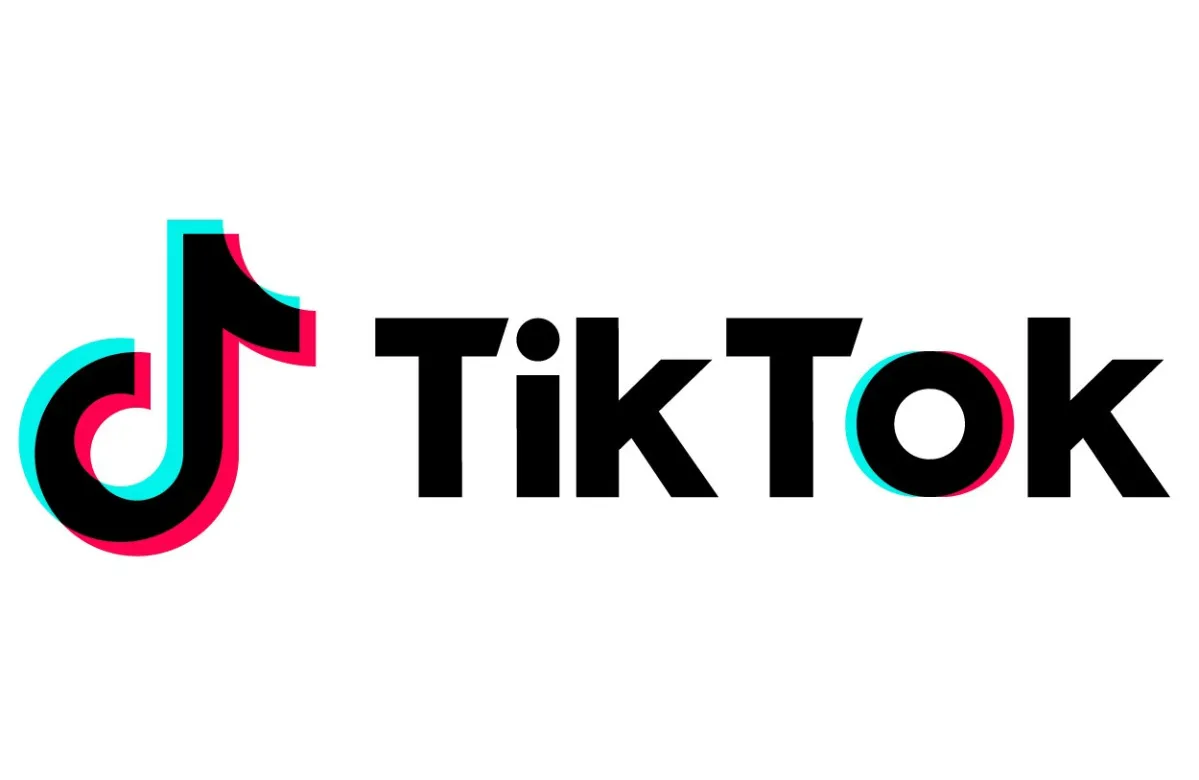
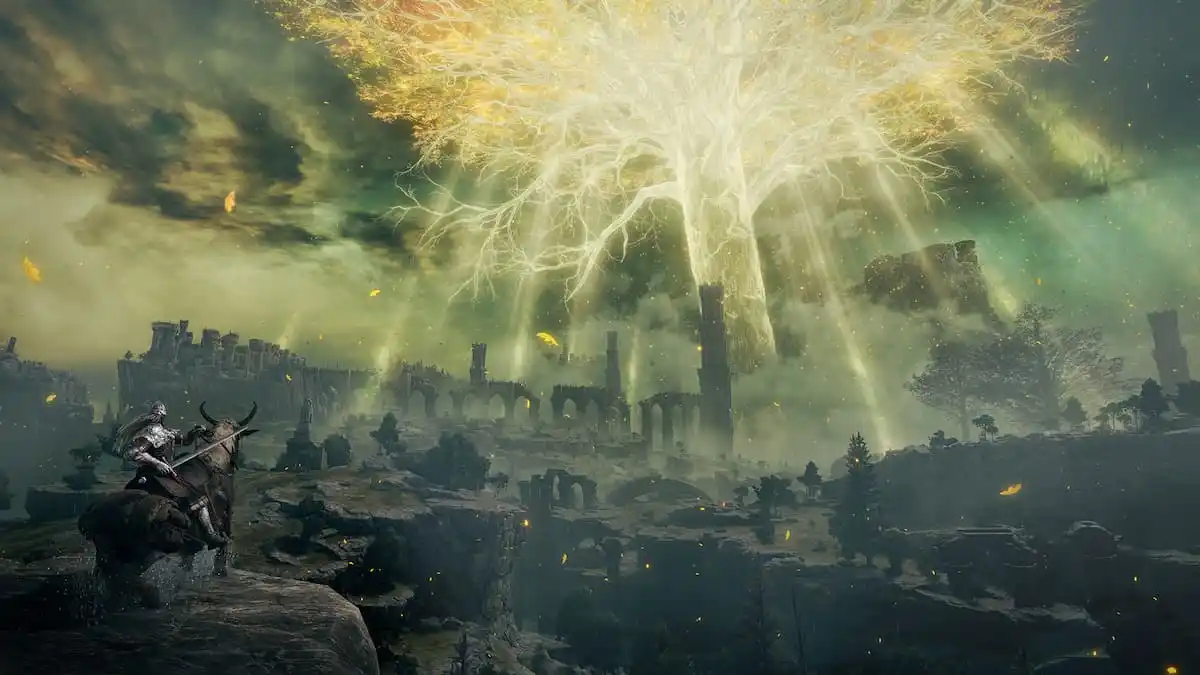
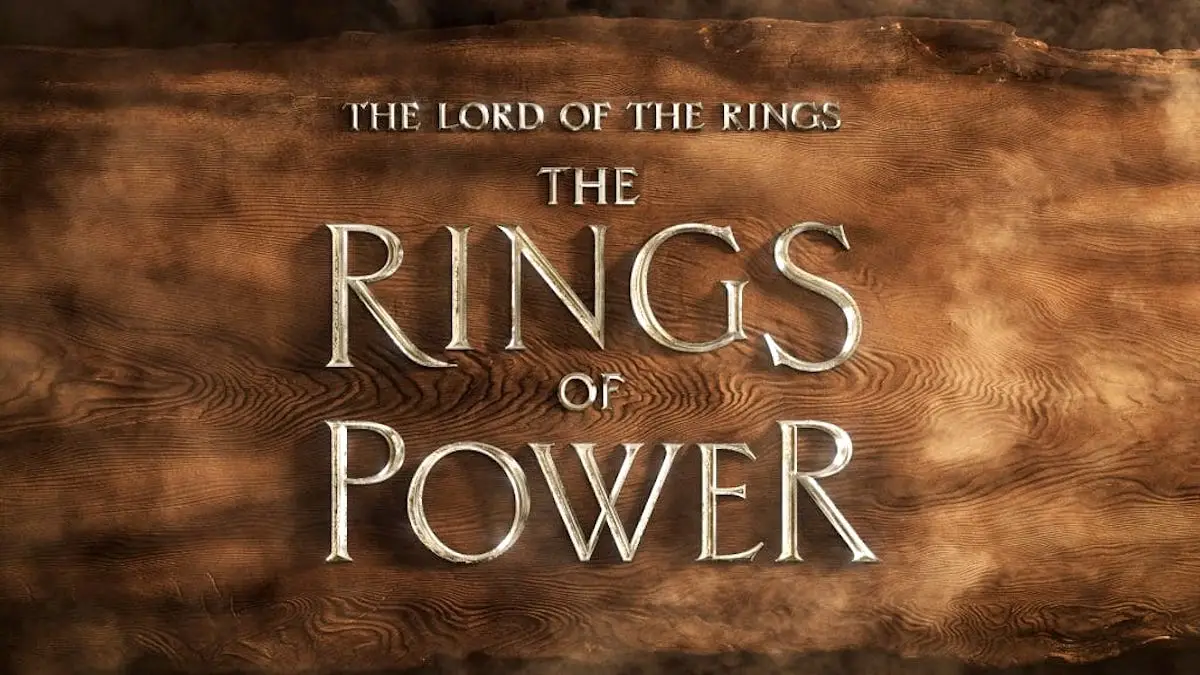
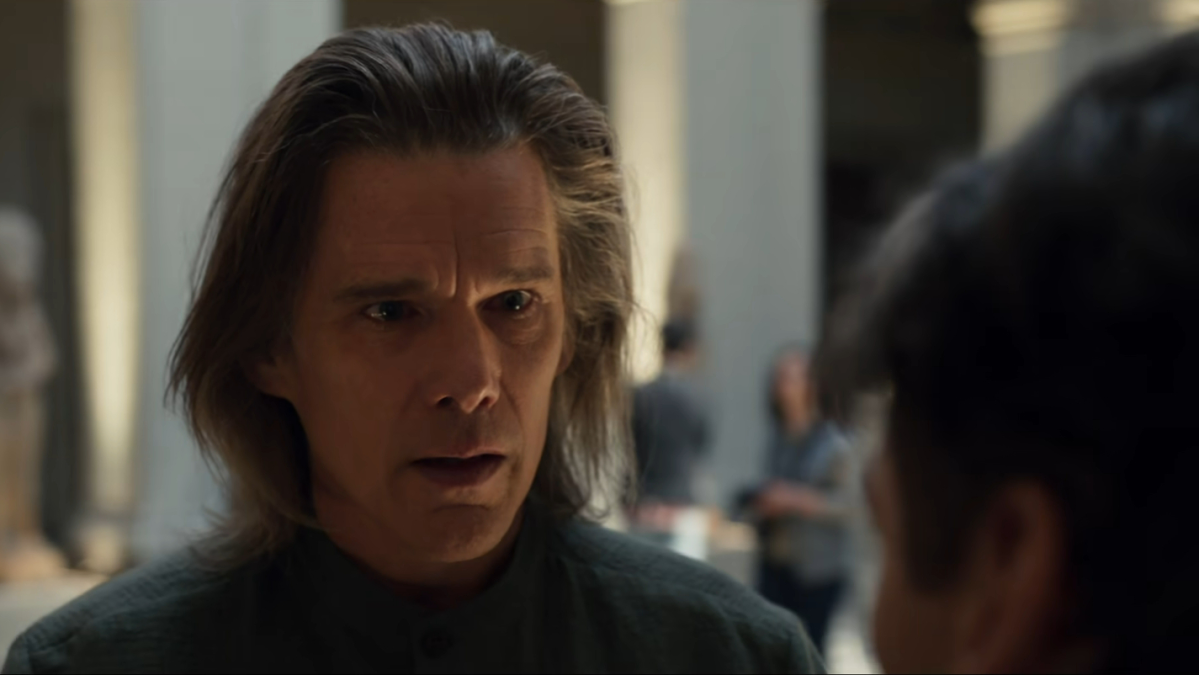
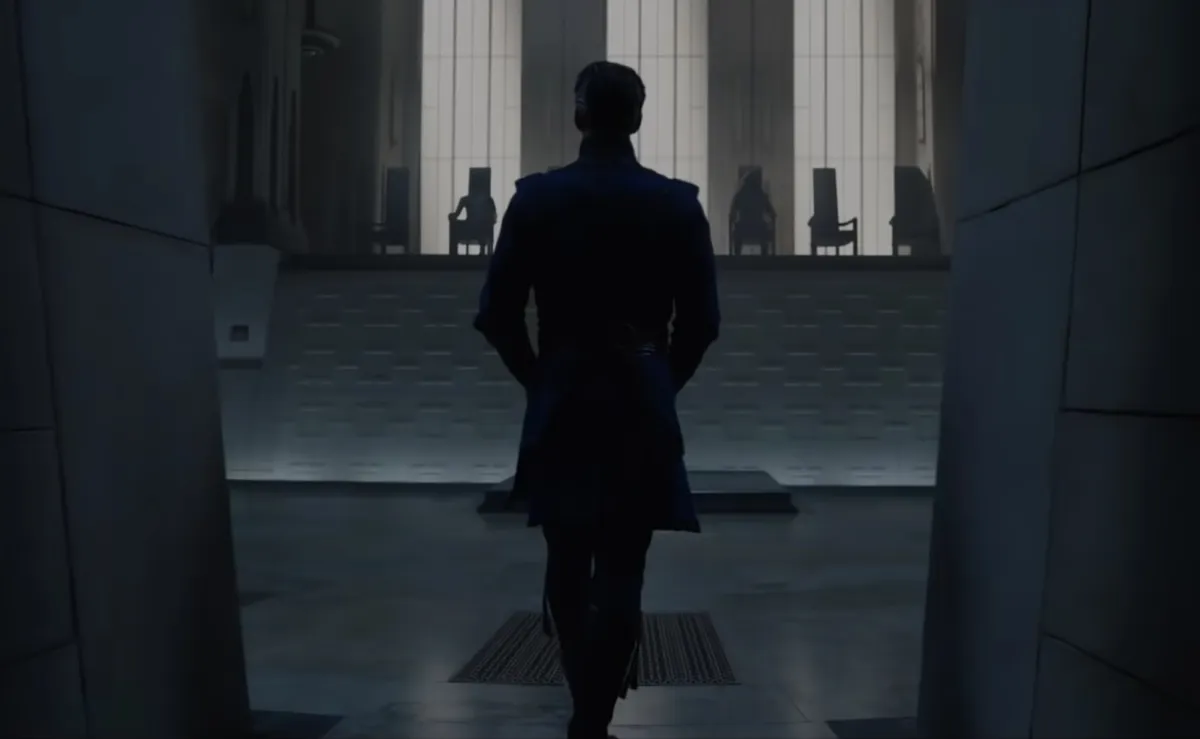

Published: May 18, 2020 12:27 pm